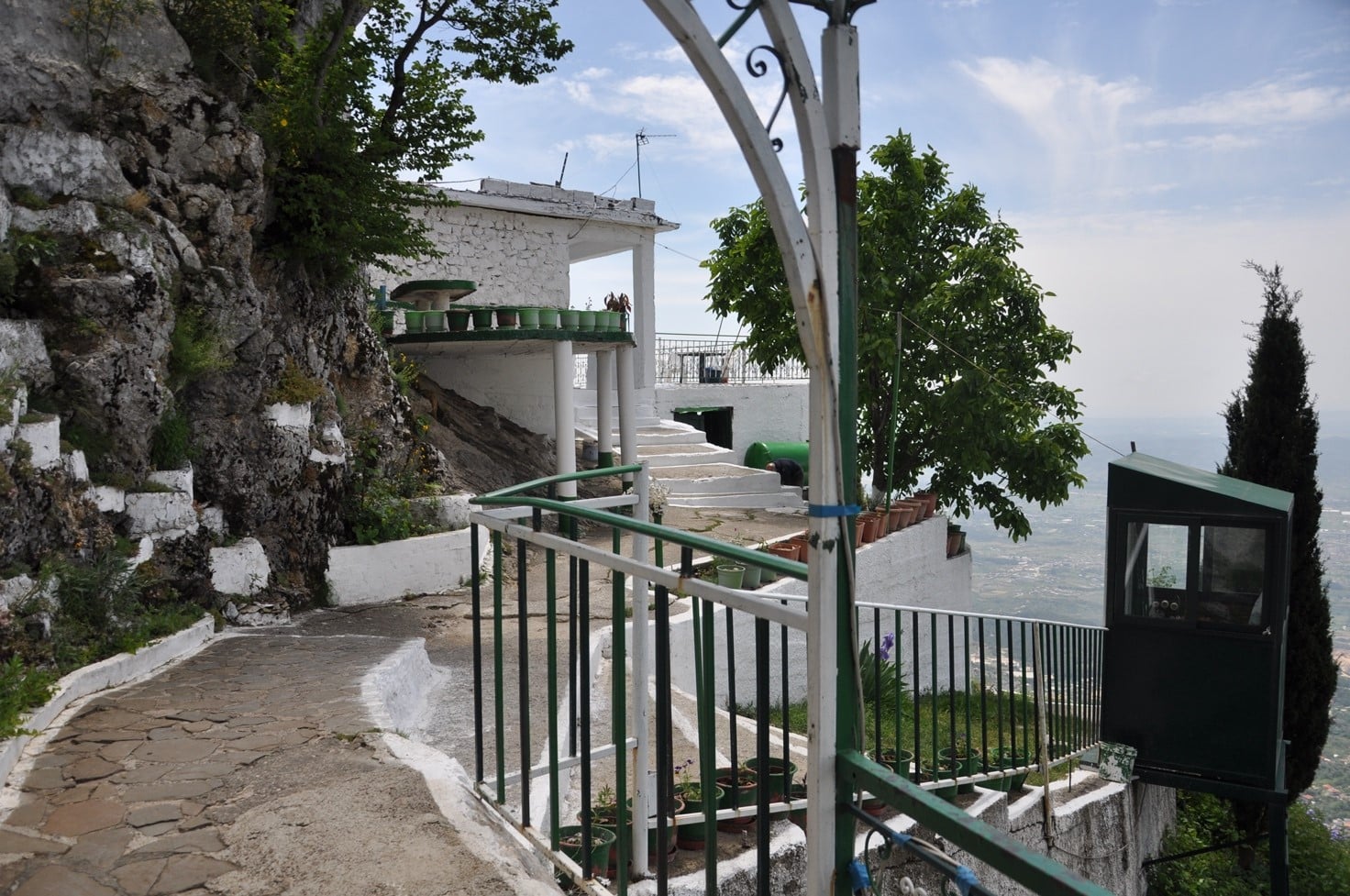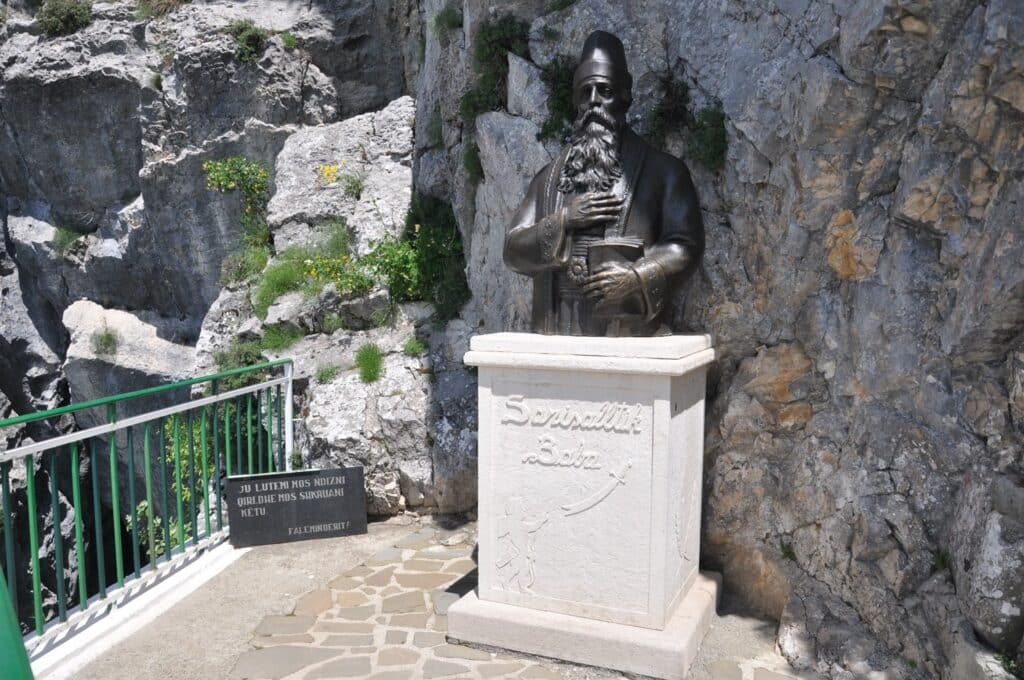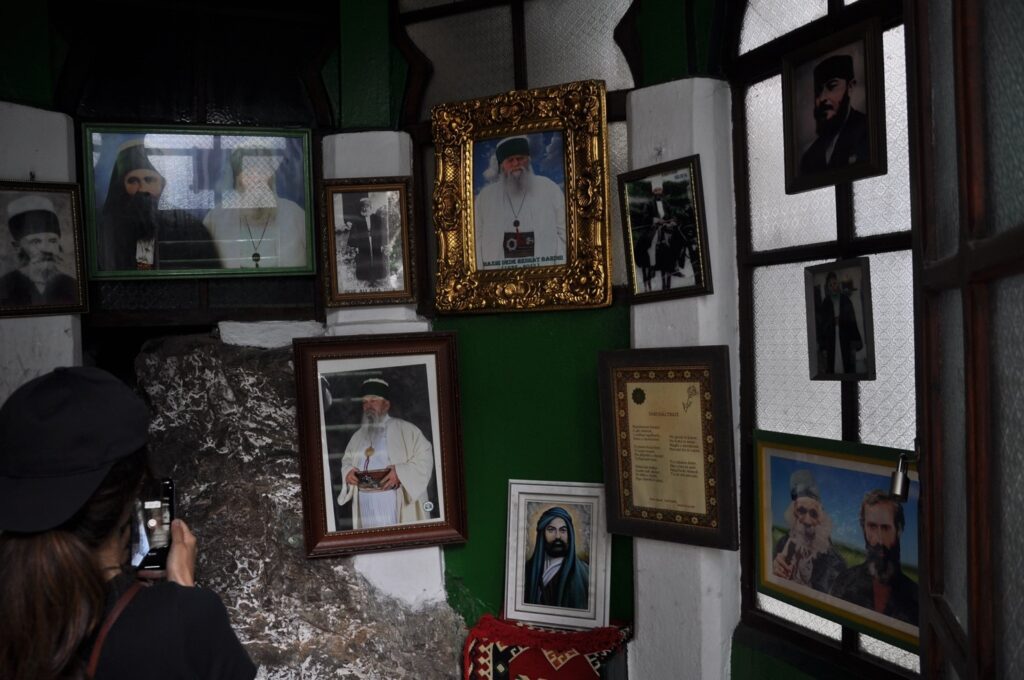Bektashism in Albania: Mysticism, History, and Pilgrimage
Bektashism naturally comes to mind when discussing mysticism and spirituality in Albania. Known originally as the Bektashiyya, it was one of the most powerful and influential Sufi orders in the Ottoman Empire, largely due to its symbiotic relationship with the Janissary military corps. Haji Bektashi Veli (d. 1271), the eponymous founder of the Bektashiyya, was also the patron saint of the Janissaries, granting the Bektashis a significant social and political presence. This lasted until Sultan Mahmud II (d. 1839) of Turkey dissolved the Janissary Corps in 1826 and expelled the Bektashiyya.
After their expulsion, the Bektashiyya developed a dedicated following among Albanians by aligning themselves with Albanian nationalist movements in the latter half of the 19th century. In 1912, with the creation of an independent Albanian state, the Bektashis carved out their place as an autonomous religious group, serving as a middle ground between Islam and Christianity or between Eastern and Western principles. Even after severe communist persecution from 1945 to 1991, the Bektashis continued to portray themselves as a representation of Albanian spirituality and tolerance towards different beliefs[1]. Officially recognized as a religious community by the state, they infused their statute with liberalism, progressivism, mysticism, and Islamic piety, celebrating these values during official holidays like nevruz[2] and ashûrâ[3].
One of the most well-known aspects of Bektashism is its association with several of Albania’s popular pilgrimage sites. Throughout the country, the tombs (türbes) enshrining the bodies or relics of Bektashi saints are visited by thousands of Albanians seeking blessings and healing.

Among the most visited sacred sites is the Bektashi mausoleum on Mount Kruja, which is linked to the figure of Sari Saltik. According to Bektashi tradition, Sari Saltik was a direct disciple of Haji Bektashi Veli, the founder of the Bektashi order. His hagiographic tales, legends, and alleged signs of his presence are found in various parts of Eastern Europe, from Albania to southern Ukraine, including Bulgaria, Bosnia, and Turkey.
The Bektashi tradition attributes the spread of the order in the Balkans to Sari Saltik, a figure revered as an abdâl (“friend of God”, i.e., Muslim saint) known for performing miracles and heroic deeds. In some accounts, Sari Saltik is associated – or even confused – with Christian saints like St. George, St. Simeon, and St. Nicholas.
A well-known hagiographic tale, collected by Baron Alexandre Degrand in 1901, tells of Sari Saltik saving a princess from a terrible dragon (Kulshedra). This story suggests an association of Sari Saltik with the dragon-slaying motif, much like St. George, who is venerated in both Christian and Islamic traditions. Sari Saltik defeated the beast using a wooden sword and refused the princess’ hand in marriage, preferring to live in the cave of the dragon. The tale also links Sari Saltik to Christian symbols, suggesting a syncretism that was likely encouraged by the Bektashi to promote tolerance and Islamic-Christian syncretism.
For instance, the monastery of Sveti Naum in North Macedonia is believed by the Bektashis to be his burial site. In Albania, Sari Saltik is mainly associated with the city of Kruja, where he is said to have appeared as a Bektashi dervish. Kruja, located 20 kilometers from the capital Tirana, is also known as the city of Skanderbeg, the famous Albanian leader who led the revolt against the Ottomans from 1443 to 1478.
Sari Saltik’s tomb, built in a cave on Mount Kruja, has an inscription dated 1692-93. Some records suggest that the site was previously a Christian church dedicated to St. Alexander or St. Spyridon, which, in turn, was built on an earlier pagan site. An Ottoman imperial register from 1567-68 mentions the Sari Saltik tomb in connection with Kruja. The cave was closed and destroyed in 1967 during Albania’s anti-religious campaign, which sanctioned a religious ban that year. It was later rebuilt in 1991 by hundreds of volunteers and experts who restored the essential elements, including the türbe, the teqe (“Sufi lodge”), and the single-phase, basic electrical infrastructure. From 1998 to 2001, water installations, the kurban sacrifice area, stairs, and pathways were constructed. In 2003, a building was also added adjacent to the complex.
The teqe of Sari Saltik, not visible from the trail, is located below the summit of the 1,176-meter-high mountain and is partially buried by boulders. At the entrance to the complex is an archway, and further down the stairs stands a statue of Sari Saltik. The kurban location at the steps leading down to the türbe, the teqe building itself, and the türbe of Sari Saltik in the cave under the teqe make up the pilgrimage complex. The sacred türbe is located in one of the smaller branches of the 20-meter-deep, curved cave, where pilgrims light candles to ask for blessings, healing, and to make wishes. Deep within the cave lies the mountain’s only spring. The graves of three dervishes who once worked in the teqe are also found beneath the türbe.
Every year on August 22, hundreds of pilgrims visit the site to venerate Sari Saltik. On some occasions, Bektashi leaders hold traditional rituals such as nevruz or ashûrâ at the teqe. However, the site is visited by pilgrims year-round, including families who come seeking blessings, good fortune, and healing from Sari Saltik. The shrine is revered not only by Muslims but also by Catholic and Orthodox Christians. The busiest time of year is in the summer when Albanian pilgrims from abroad return to visit this sacred site.
Notes:
[1] Notably, Albania appears to be a peaceful place where Orthodox Christianity, Catholicism, and Islam cohabit. Because of this, Albanians consider “religious tolerance” (toleranca fetare) and “interfaith harmony” (harmonia ndërfetare) to be among the primary socio-cultural—or rather, ontological—features of Albanian society.
[2] The nevruz is celebrated on 22 March each year to commemorate the birth of Ali and the advent of spring.
[3] The ashûrâ is celebrated on the tenth day of the Moharram month to commemorate the martyrdom of Husayn in Karbala.
Cover photo: Interior of the cave where pilgrims light candles to ask for blessings, healings and to express wishes (Photo by Gianfranco Bria, 10 June 2023 in Kruja, Albania). All photos by Gianfranco Bria. All rights reserved.
Gianfranco Bria is Maria Skłodowska Curie global Fellow and Adjunct Professor of Islam and Gender at Roma Tre University; he is also Research Fellow and Adjunct Professor of Islamic Law at Sapienza University of Rome and associate member of the Cetobac (CNRS – EHESS) in Paris.



